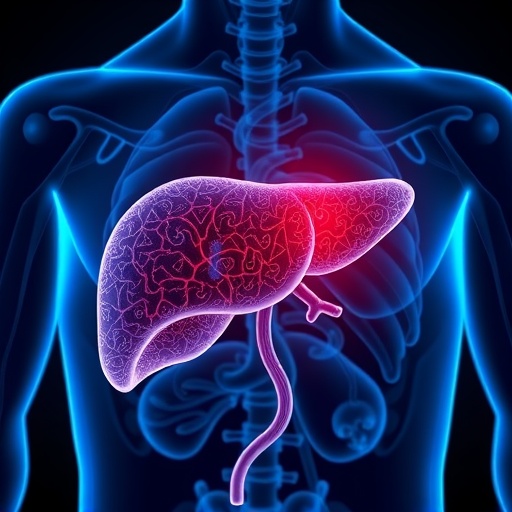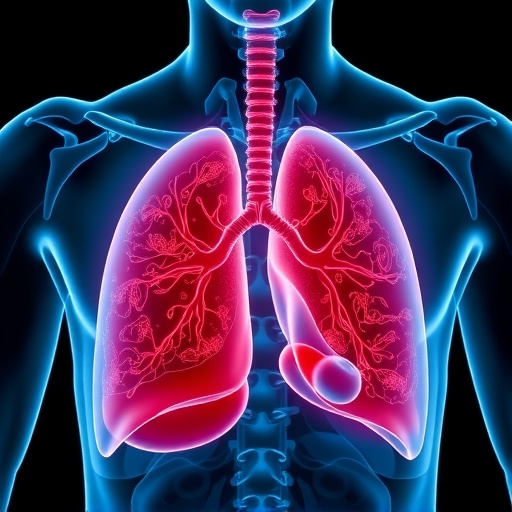Model developed by Mass. General investigators allows single-cell visualization of drug response
A new animal model developed by Massachusetts General Hospital (MGH) investigators promises to be less expensive, easier to use and to improve personalized therapies for cancers and potentially other diseases. In their paper published online in Cell, the investigators describe using their immunodeficient zebrafish model to visualize drug responses at single-cell resolution in live animals. They also identify a promising new treatment for rhabdomyosarcoma, a muscle cancer that primarily develops in children.
“We have created the first immune-compromised zebrafish model that can robustly engraft and grow human cancers”, says David Langenau, PhD, of the MGH Molecular Pathology Unit and the MGH Cancer Center, senior author of the report.
Chuan Yan, PhD, of Langenau’s team, first author of the report, adds, “These immune-compromised zebrafish are optically clear, allowing us to visualize cellular characteristics and therapeutic responses of single cancer cells over time. The model has the potential to transform the scale of personalized therapy and for the first time provides unprecedented ability to image a variety of cancer processes at single-cell resolution.”
Although transplantation of human cancer cells into animal models has helped to define mechanisms that drive tumor growth, metastasis and response to therapy, traditional mouse models have significant limitations, including the cost and space required to maintain them and the difficulty visualizing tumor cells implanted beneath the animals’ fur-covered skin. Doing so requires the creation of pre-implanted “windows,” which do not allow following the dissemination of cancer cells throughout an animal’s body.
Previous studies have implanted human tumor cells into two-day-old zebrafish larvae that had not yet developed immune systems. But such implants are eventually rejected by the immune system, preventing the assessment of long-term therapeutic responses. In addition, two-day-old zebrafish cannot grow at the same temperature as human cells, which prevents the accurate recapitulation of tumor development in these models.
The mutant zebrafish strain developed by Langenau’s team is transparent into adulthood and is deficient in two genes, resulting in a lack of T cells, B cells and NK (natural killer) cells. The researchers were able to engraft several types of cancer cells – both solid and blood system tumors – into their model, where they developed into tumors similar to those found in humans. Cells taken directly from patients with tumors such as melanoma, glioblastoma, breast cancer and rhabdomyosarcoma were also successfully grown in adult fish for more than 28 days, with many animals dying from cancer progression.
The team used their model to investigate whether a combination of two drugs – olaparib and temozolomide, which are currently in a clinical trial for Ewing’s sarcoma – could inhibit rhabdomyosarcoma growth. Their experiments using both the new zebrafish model and mouse models showed that, while treatment with either drug alone had limited effectiveness against either cancer, the combination treatment eliminated rhabdomyosarcoma cells from both types of animal models, with the zebrafish model allowing single-cell visualization of treatment response.
“The work is particularly exciting for two reasons,” says Langenau, an associate professor of Pathology at Harvard Medical School and faculty member of the Harvard Stem Cell Institute. “First, we identified a potential new therapy for a devastating childhood cancer. Second, we now show that a wide variety of human tumors can grow in immune-deficient zebrafish. The model has the potential to change how we assess drugs prior to moving into the clinical setting – reducing the cost and time required, allowing rapid assessment of combination therapies, and directly visualizing drug responses at single-cell resolution. The model will be truly transformative for cancer biology.”
The investigators now are working with clinical trial teams at the MGH and Dana-Farber Cancer Institute, along with the involved pharmaceutical companies, to refine the existing clinical trial to include rhabdomyosarcoma, which would be the first phase 2 cancer drug trial based on studies in zebrafish. Langenau’s team is also exploring potential uses for the model in immunotherapy, stem-cell biology and regenerative medicine.
###
Dalton Brunson, Qin Tang, PhD, and Daniel Do – also of the MGH Cancer Center and Molecular Pathology are co-second authors of the Cell paper. Additional co-authors of the paper include Shyamala Maheswaran, PhD, Nick Dyson, PhD, and Daniel Haber, MD, PhD, MGH Cancer Center; and John Rawls, PhD, Duke University School of Medicine. The work was facilitated by close collaboration with the laboratories of Michael Dyer, PhD, and Elizabeth Stewart, MD, St. Jude Research Hospital and the Childhood Solid Tumor Network. Support for the study includes National Institutes of Health grants R24 OD016761, R01 CA154923, R01 CA215118, R01 CA211734, and R01 CA226926; and grants from the Alex’s Lemonade Stand Foundation, the Liddy Shriver Sarcoma Initiative, and the MGH Research Scholars Program. The Massachusetts General Hospital has a patent pending for the work described in this paper.
Massachusetts General Hospital, founded in 1811, is the original and largest teaching hospital of Harvard Medical School. The MGH Research Institute conducts the largest hospital-based research program in the nation, with an annual research budget of more than $925 million and major research centers in HIV/AIDS, cardiovascular research, cancer, computational and integrative biology, cutaneous biology, genomic medicine, medical imaging, neurodegenerative disorders, regenerative medicine, reproductive biology, systems biology, photomedicine and transplantation biology. The MGH topped the 2015 Nature Index list of health care organizations publishing in leading scientific journals and earned the prestigious 2015 Foster G. McGaw Prize for Excellence in Community Service. In August 2017 the MGH was once again named to the Honor Roll in the U.S. News & World Report list of “America’s Best Hospitals.”
Media Contact
Katie Marquedant
[email protected]
http://dx.




